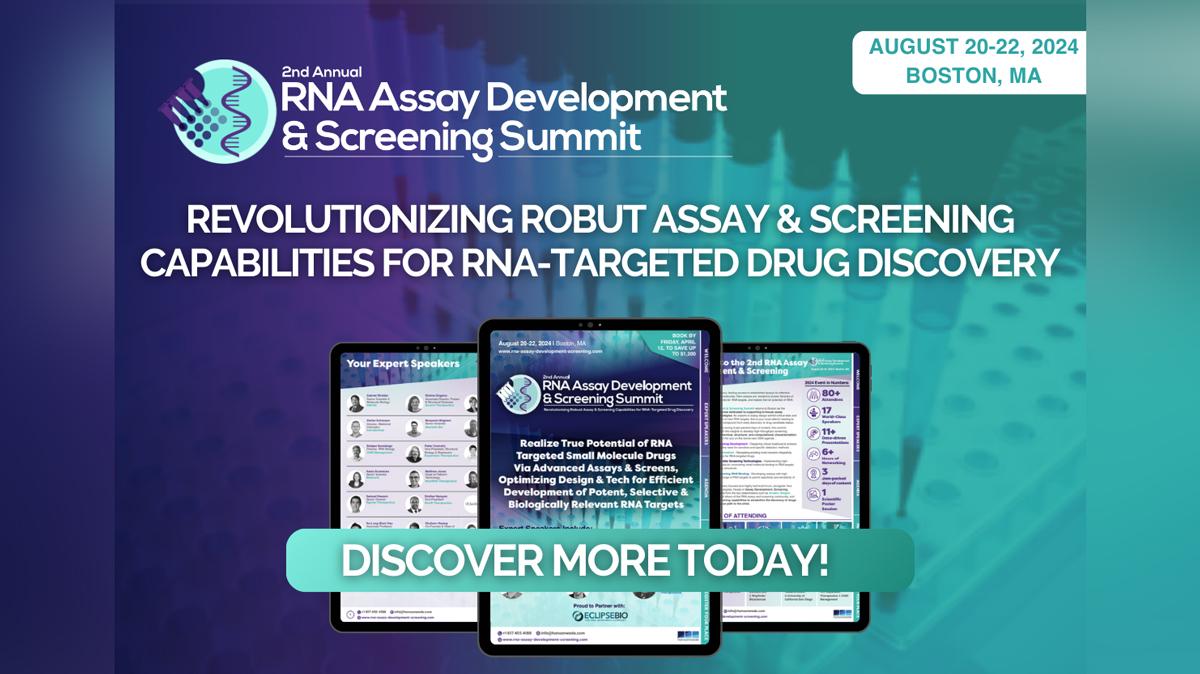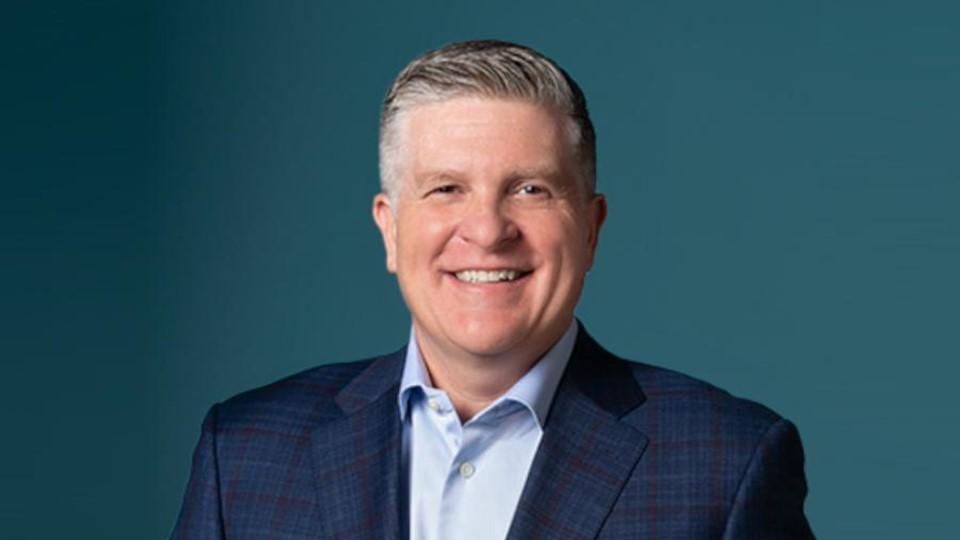Healthcare communications: hit the reset button

In this social media age, when ePatients and bloggers can have the same influence as trade journalists, is it time to abandon traditional methods and apply a fresh approach?
What influences are shaking up the world of healthcare communications and causing it to 'hit the reset button' and start anew? This was the overarching question posed by the 11th PR and Communications Summit, held in New Jersey last week.
Speakers came from industry, communications agencies and patient networks and covered multi-channel marketing, digital and the role of the patient, with the whole event hosted brilliantly throughout by Sanofi's Brandi Robinson, VP North America Communications.
Moderated by the event's main sponsor, GCI Health, the first panel included views from Novartis, Boehringer Ingelheim (BI) and a boutique PR and comms agency, Rx Mosaic.
To me, these companies represent three different parts of the spectrum: Novartis – big pharma, publicly invested and therefore perceived as slow-moving and difficult to adopt change; BI, who, although privately owned and arguably a 'mid-sized' pharma, is still shackled by many of the compliance fears when it comes to communicating externally in industry, and Rx Mosaic – a small, nimble and creative PR agency, which, although having relative freedom to communicate in new ways on its own behalf, was coming at it from the perspective of how it serves its clients. The bottom line: internal pressures and senior buy-in are often the barriers to a truly fresh approach to external communications and PR.
Next, Congressman Leonard Lance (NJ-07) explained the reach of his constituency in New Jersey in some detail. The thing that struck me was the extent to which New Jersey is one of the key healthcare hubs of the US and, consequently, the world.
Congressman Lance talked passionately about the new 21st Century Cures Act that aims to "cut red tape and speed up process of bringing new drugs to market". Although Lance's context was financial benefit to the US, he also made the point that this would benefit healthcare globally – bringing more effective treatments to the market faster.
"Multichannel is no longer a strategy, it's just the way things are"
GCI Health held a slot discussing where we are with multichannel marketing and where it's headed and the main point was refreshingly sound – multichannel is no longer a strategy, it's just the way things are.
David Chadwick, VP Digital and Social Media, made the excellent observation that as diseases become more acute (such as with subtypes of cancer) so too should the messages and media around them. He also talked about the need to use each and every channel slightly differently, rather than the scatter gun approach of posting the same content on a number of different channels and expecting it to resonate.
Acorda Therapeutics, Sanofi US, Pfizer, plus Celgene's Cathy Cantone – who is clearly something of a mainstay at this meeting, having attended all 11 to date – tackled the topic of media relations in an age of the 'instantaneous news cycle'.
Discussions centred on how to tell positive scientific innovation stories, without them being 'hijacked' by challenges on pricing and value. Kimberley Bencker, senior director, Commercial Communications at Pfizer described this as "crossfire that patients [in the US] get caught up in". i.e. this isn't necessarily of concern to the patients – they just want to know if there is a therapy for their condition and how much it will cost them.
Peter Shankman, described as an 'adventurist, entrepreneur and adjunct professor' in the agenda, gave a genuinely inspiring talk. I have to confess I hadn't come across him before, but when he mentioned that he was one of the founders of AOL, people in the room visibly sat up and took notice. He talked about the various endeavours he's succeeded in since, all with a seemingly straightforward methodology – provide value to your customer and always deliver a "little more than expected". It seems blindingly simply, but given some of his anecdotes, both as a service provider and a customer himself, it made so much sense.
"Online information consumers ... now have an average attention span of 2.7 seconds"
Peter also made the point that, as online information consumers, we now have an average attention span of 2.7 seconds and asked, "How can you ensure that you use that time wisely to deliver your message?"
The session Medical Innovation & Value-Based Messaging: Communicating the Facts was delivered in an honest and frank fashion by Brian Gill, VP Corporate Comms at Celgene.
Gill covered some of the key facts around why innovation is so crucial to delivering much-needed therapies, particularly in cancer. He focused on the amount of life saved, and subsequent economic benefit, as a result of treatment advances. For example: "23 million years of life saved due to cancer treatment advances [between 1988-2000], which led to $1.9 trillion in value of improved cancer treatment to society based on improved productivity, extended life and other factors [in the same period]."
Statistics like this are also being reflected in the company's corporate Twitter feed, but Gill challenged the attendees to ask "what are you going to do? [to help share these messages as an industry]".
"The role of the 'ePatient' is becoming stronger than ever and, arguably, just as influential as the views of HCPs and the trade media"
The talks on digital influencer identification and mapping (Coyne PR) and on the importance of the social community (Oticon Medical) highlighted that the role of individuals communicating on behalf of a company, brand or disease is becoming much more sought after and credible than 'corporate' messaging. Second, the role of the patient, or 'ePatient', is becoming stronger than ever and, arguably, just as influential as the views of HCPs and the trade media.
The influencer mapping and engagement session underlined that the role of the blogger and/or social media opinion leader, is now being seen as equally important to top-tier media and trade journalists. Or at least it's being layered into the same media engagement and outreach strategy. And, as with any traditional media engagement, Coyne PR was quick to point out that relationships with bloggers and digital influencers need to be managed in the same way – regular contact, materials sent promptly, and further information available when needed.
Google's head of Health Industry, David Blair, concluded the meeting with a visionary keynote on some of the latest trends Google is seeing (and exploiting) and how they apply this to healthcare. One notable statistic was the average time users are now spending on YouTube – over 40 minutes! Blair was therefore quick to make the point that we shouldn't necessarily be stripping great footage out of videos to hit the deemed 'sweet spot' of three minutes; if it's good content, people will watch it.
However, he also noted that around 60 per cent of YouTube content watched in the home takes place in front of the television! To illustrate this point, he painted an image of a '2015 family scene': a large, flat screen TV on the wall, with all four members of the family using separate devices. A rather sad, but probably accurate, truth!
Thinking again of the meeting's theme and Brian Gill's challenge to the attendees, I'm intrigued to see how some of this thinking will be adopted by pharma and what sort of case studies we'll be looking at during next year's meeting as a result.
This event was organised by ExL Pharma.
About the author:
Christian Gardner is Director, Media Services at pharmaphorum connect – a digital content and engagement consultancy within the pharmaphorum media group.
Christian previously worked in global corporate and R&D comms roles at AstraZeneca. He now provides consultancy services to pharmaceutical clients on effective social media strategies, the creation of engaging digital content and how best to leverage healthcare events and medical congresses virtually.
Read more from Christian Gardner:











